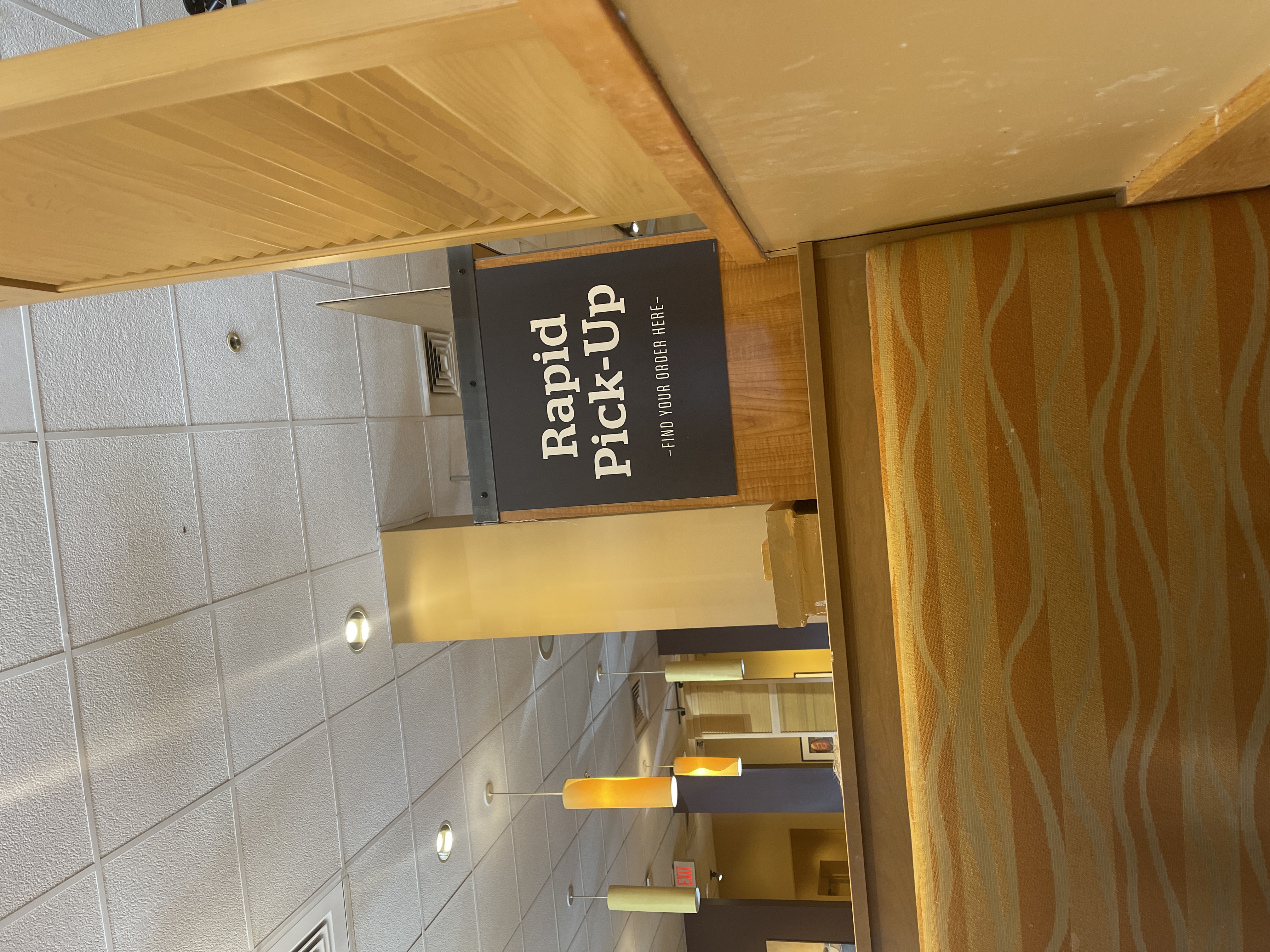Now that I’ve separated out the public and private repos and I’m a bit more committed to moving forward with Logseq for my public notes for a while, I’m thinking about how to use properties and indicate relationships.
The argument for going all in on the -> would be to put to the test the idea of building relationships through “natural semantics” supplemented by this one -> character
But this doesn’t give an example of a situation where I would be tempted to use properties. I think time, location, and general tags are the only things I would be tempted to use properties for.
A “general tag” would essentially be saying: when I think about x it would also be useful to keep in mind y (in both directions).
The real reason to use properties is to make it easier to process something so Hugo sees it out of the box…
So it’s mainly a question of tags and location, and whether I want the time to be visible at the top level.
At Wild East Brewing right now in Gowanus and they have a non-alcoholic beer on draft (<0.5%). Amazing! And it’s given a normal spot on the menu, and no hullabaloo when ordering.
The reason I really like the -> is because it takes full advantage of the hierarchical nature of blocked writing. You can create a relationship in either direction (<- or ->), and you can create the relationship inline without having to navigate away from where you are.
If part of is the core semantic relationship, then I can worry about extracting that in the script first. This part of semantic relationship can be surfaced in more places (maybe in the header), and the other relationship types would remain different sections of backlinks (for now).
One thing I want to do is fine-tune an Open AI chat model using all my notes and then enable a chat bot that can have a conversation with a user like it’s me (or at least, my public notes).
